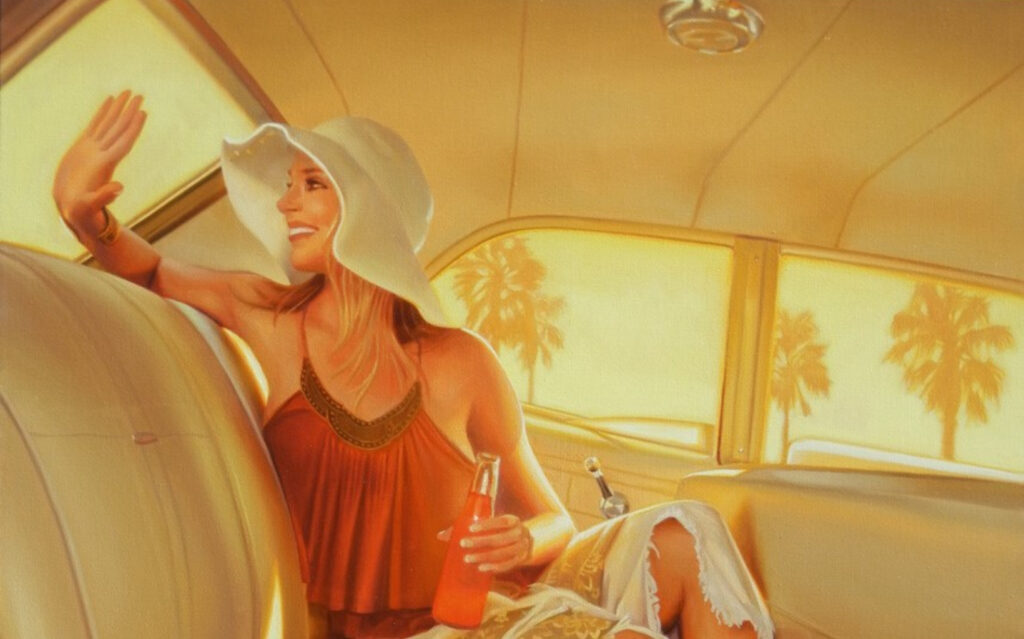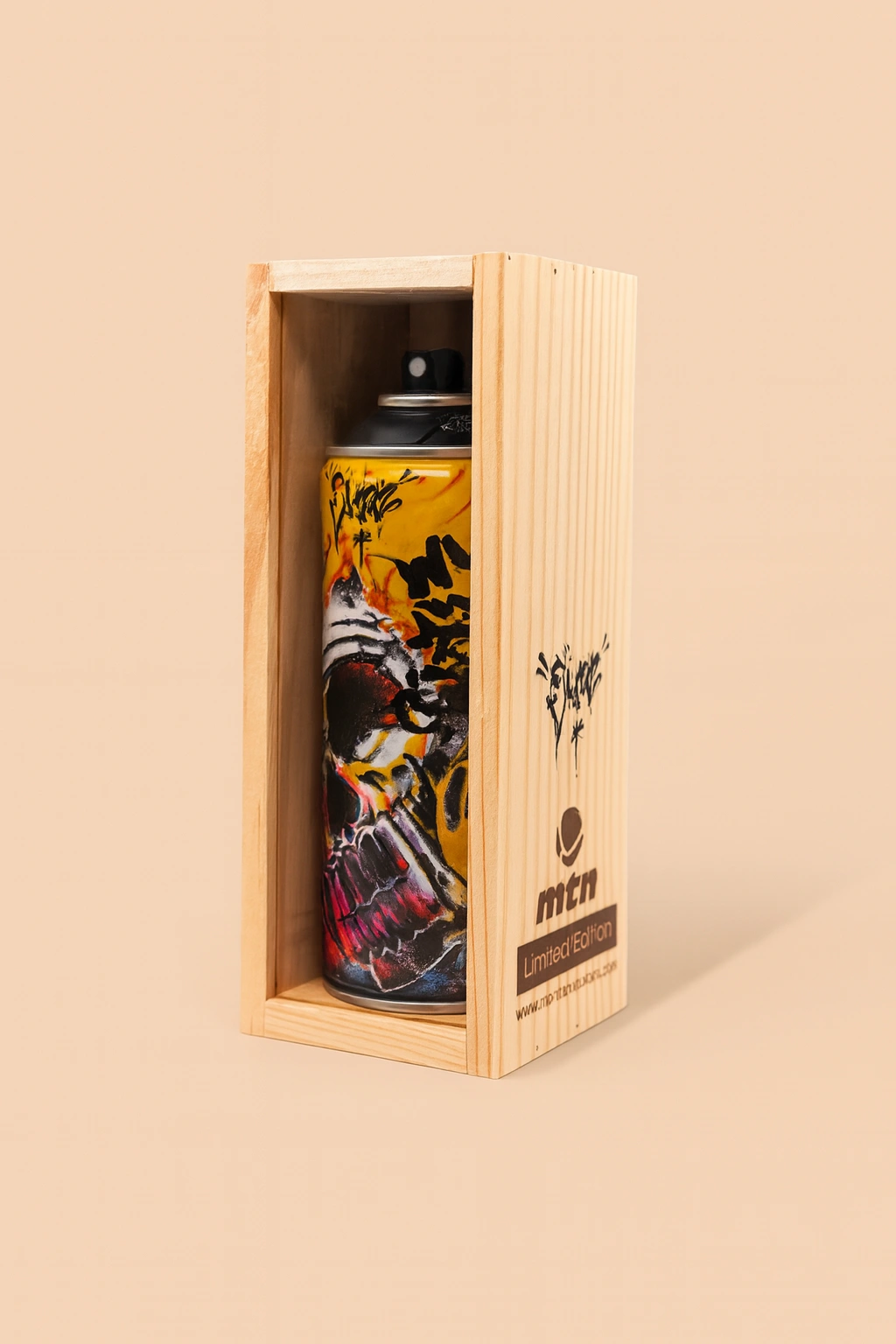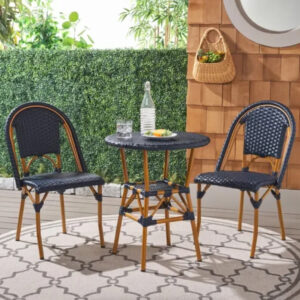The afternoon is arrested in amber. A languid moment stretched thin across a glassy sheen of heat, light, and longing. Carrie Graber’s California Crush doesn’t shout. It simmers. The 2014 painting captures more than a scene—it catches a sensation. The kind of moment you don’t notice until it’s already passed, leaving you sun-kissed and hollow, like you’ve brushed too close to something beautiful but fleeting.
In the frame: a woman, mid-thirties maybe, draped across the front of a vintage muscle car. Her skin glows like polished bronze in the California sun. One leg extended, one bent slightly—nonchalance sculpted in posture. The car—an icon of West Coast Americana, the kind you can hear even in silence: chrome, steel, and horsepower. Behind her, a blurred suburban background suggests stucco homes, palms, and the dull buzz of sprinkler systems.
There’s no overt drama, no visible action. But something in the way the woman holds her gaze, slightly averted, her lips parted just barely, her torso tilting toward the hood like it’s part of her body—suggests tension. A slow-burning narrative. Like she’s waiting for someone. Or something. Like something just ended or is about to begin.
This is Graber’s magic. Her brushwork turns moments into metaphors. She doesn’t just paint women. She paints pause. Stillness, caught between freedom and fixation. In California Crush, the “crush” is more than affection—it’s pressure. Heat, weight, proximity. The crush of the car against the curb. The crush of summer against the skin. The crush of longing, unseen, against the heart.
The Texture of Time
Graber’s color palette is saturated but controlled. The sun doesn’t bleach—it gilds. Skin tones gleam, not glossily, but with a softness that feels touchable. Darkened silouhettes fall short and heavy, indicating the sun is either cresting into mid-afternoon or descending into the beginning of golden hour. Either way, the heat has history. This is not the commence of the day. This is the slow middle or the wistful decline.
The realism in the rendering is deliberate. Photographic almost, but with painterly precision that stops short of hyperrealism. This allows her subjects to feel both immediate and symbolic. You can believe this woman exists—maybe you saw her once, from across a street, or caught a similar moment in a passing car mirror. But she also stands in for something else: the female muse in American pop imagery, the California dream girl, the eternal question mark in the middle of someone else’s narrative.
Graber is often compared to artists like Edward Hopper for her ability to capture solitude within open space, but she leans more seductive. Where Hopper offers isolation, Graber offers intimacy interrupted. A kind of private exhibitionism. Her women aren’t unaware of your gaze. They invite it—and then look just past you.
The California of the Mind
California in art has always been half geography, half mythology. It’s beaches, roads, and late light—but it’s also dreams deferred, freedom chased, fame imagined. In California Crush, the setting may be a driveway or a suburban street, but the emotional landscape is inland. It’s inland from the ocean, away from the cool relief. It’s the hot center. Inland Empire vibes. The kind of place where kids spin tires on cul-de-sacs, where families grill in backyards hidden behind tall fences, and where everyone’s thinking about escape.
The woman on the hood is dressed with calculated ease. A bikini top, short shorts. Her clothing speaks to the weather, but also to presentation. She’s aware of how she looks, even in repose. This is not vulnerability. It’s armor. Sensuality isn’t weakness here—it’s power. But even power tires under the sun.
We’re not told her story, but the painting implies one. Maybe she’s just stepped out after a swim. Maybe she’s killing time waiting for a ride. Or maybe she’s just there, because it’s better than being anywhere else. In this sense, the work becomes cinematic. Like a still pulled from a film we’ll never get to see, where the scene before and after matter less than this suspended second.
Heat as Character
The heat in California Crush isn’t incidental—it’s atmospheric. It becomes a character of its own. It weighs on everything: the metal, the asphalt, the woman’s skin. This is not just temperature. This is emotional climate. The kind that makes you slow down, reconsider, wonder. The kind that softens resistance and sharpens need. In heat, people do things they wouldn’t in the cold.
Heat here is not danger, but it does suggest urgency. A need to act before it fades. Like summer love, or decisions made too quickly under golden skies. There’s a sense that time is closing in. That the moment must be felt now or not at all.
Feminine Energy and Static Power
Graber’s women often blur the line between subject and symbol. In California Crush, the woman is not background nor prop—she is central. And yet, she’s also part of the scenery. Her form echoes the curves of the car. Her skin reflects its polish. They mirror each other—machine and human—both powerful, both still, both waiting to be driven.
There’s agency in her posture, but there’s also surrender. She leans into the object, trusts its surface. There’s confidence in that gesture. She’s not being watched accidentally—she knows. She’s posing, but not for anyone in particular. It’s a pose held for the world, or for no one. That duality is the core tension in Graber’s style. Intimacy offered with a caveat. Look—but don’t expect access.
The Quiet in the Crush
Ultimately, California Crush feels like a sigh held in a sunbeam. It’s evocative because it doesn’t explain. It doesn’t ask. It shows you what stillness feels like in a body full of motion. What happens when the rush of California life slows down, when the glitter peels off the dream and what’s left is just you—the heat, the chrome, the moment.
Carrie Graber’s 2014 piece is a masterclass in mood without melodrama. It’s an ode to the pause. To the in-between. To that uniquely West Coast mix of apathy and allure, where everything seems casual but nothing is accidental.
Here, the crush isn’t violent. It’s velvet. Slow. A pressure you welcome. Until it lingers too long—and reminds you what it really means to want something just out of reach.
No comments yet.








